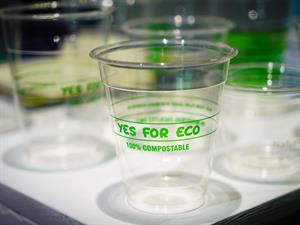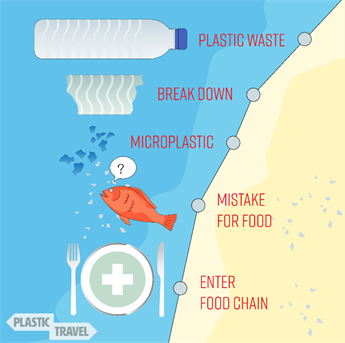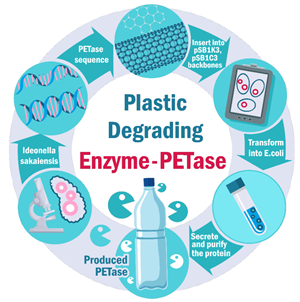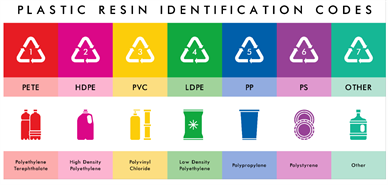
PUMPA - SMART LEARNING
எங்கள் ஆசிரியர்களுடன் 1-ஆன்-1 ஆலோசனை நேரத்தைப் பெறுங்கள். டாப்பர் ஆவதற்கு நாங்கள் பயிற்சி அளிப்போம்
Book Free DemoBased on the nature of degradation the plastics are categorized into two main types such as
i. Degradable plastics and
ii. Compostable plastics
Biodegradable plastics:
i. Degradable plastics and
ii. Compostable plastics
Biodegradable plastics:

Biodegradable plastic
The concept of biodegradable plastic was introduced in the year 1980. Microorganisms degrade the biodegradable plastics into carbon dioxide or methane, water and biomass under specific conditions.
Biodegradable plastics can be applied in various ranges, beneficial to humans, animals and the environment. These plastics are cheaper and are completely waterproof. These are useful in making single-use plastics.
Biodegradable plastics are of two types:
a. Made from renewable raw materials
b. Petrochemicals that make the plastics are mixed with biodegradable additives that provide biodegradation.
a. Made from renewable raw materials
b. Petrochemicals that make the plastics are mixed with biodegradable additives that provide biodegradation.
Degradable plastics:

Microplastics
The plastic around us
The degradable plastics breakdown into tiny pieces known as microplastics.
The degradable plastics do not break down entirely in the environment, causing pollution.
It is found that microplastics in the ocean and soil is harmful to both humans and animals present on earth.
Plastic eating bacteria:
In the year 2016, scientists found that Ideonellasakaiens is 201-F6, a bacteria that could digest the plastic made of polyethylene terephthalate (PET).
Plastic eating bacteria:
In the year 2016, scientists found that Ideonellasakaiens is 201-F6, a bacteria that could digest the plastic made of polyethylene terephthalate (PET).

Plastic degrading enzyme
This bacteria secretes the enzyme ‘PETase’, which breaks the plastic down into smaller molecules. The bacteria adhere to the PET film and break it down to terephthalic acid and ethylene glycol. This chemical which is reduced is then consumed by bacteria.
Limitations in plastic-eating bacteria:
It will not be a feasible solution to the issue of the large quantities of non-recyclable low-grade
plastics which are polluting the environment. These bacteria’s take a longer time digesting a small amount of plastics.

Resin code for plastics
This bacteria breaks only the PET plastics of resin code number 1. The other plastics that are complex in the recycling cannot be decomposed or degraded with this bacteria. The other resin code numbers from 2 to 7 are mostly non-degradable low-grade plastics that are complicated to recycle and causes severe impacts on the environment.
Plastic eating bacteria